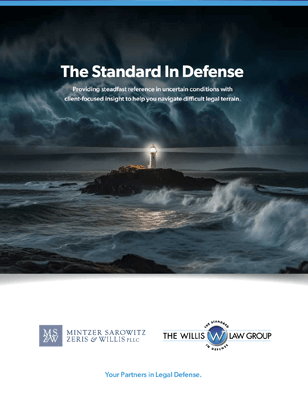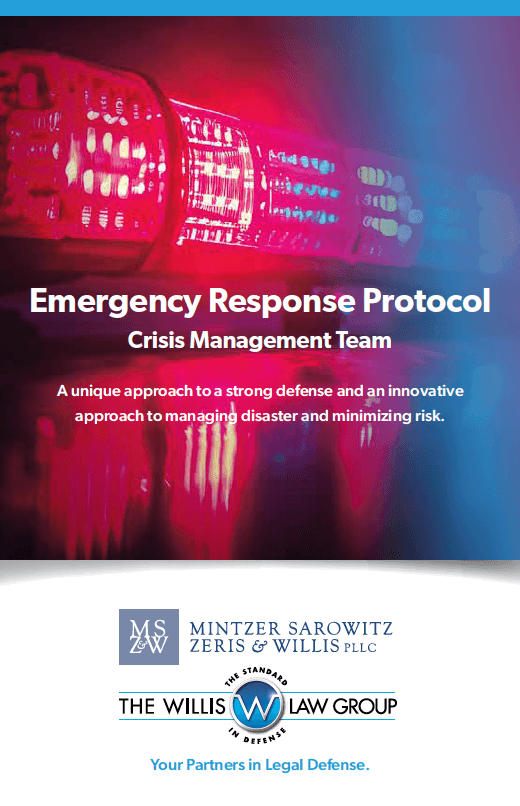Anatomy of Successfully Defending a Restaurant Fire Case – Part I – Liability
Jul 7, 2021 - About the Firm by Defense Counsel
On December 31, 2016, at 10:45pm in the middle of dinner service, a fire originated in an overladen grease tray in a broiler of a high end steakhouse in King of Prussia, Pennsylvania. Responding within days, the insurance carrier bent over backwards for its insured, paying the claim in accordance with the policy and negotiating parts of the loss based upon demands of its insured that exceeded the loss sustained because of the fire. For the last 5 years, the Property Damage Group at Mintzer Sarowitz Zeris Ledva & Meyers, LLP defended the case until the $2 million dollar was resolved at mediation for under $500,000 with less than 25% attributable to our client.
The fire that originated in the broiler during dinner service and because of the improper attempts to extinguish it with milk and baking soda, rather than utilizing a fire extinguisher, the fire was able to spread into the ductwork. Our client had been hired to perform monthly duct and hood cleaning and had performed its cleaning on December 6, 2016. As a result of being the busiest month of the year for the restaurant, there was grease accumulated in the horizontal duct and that grease caught fire spreading to the roof.
During discovery, there was no evidence that our client performed its work improperly and, in fact, the restaurant admitted that the cleaning company had always been excellent at cleaning the hood and duct. Relying on the fact that an inspection sticker was missing from a hatch that was seriously damaged by fire, the allegations against our client were not well vetted. A cursory deposition of one individual and a failure to complete other depositions before the discovery deadline left Zurich with little evidence.
The fire did travel to the ductwork because of its extension from the broiler. This was allowed due to the failure of the fire suppression system to activate. It was only after the fire department arrived and activated the manual pull station that limited suppressant was discharged. The testimony was that the fire suppressions system was improperly inspected, and post loss inspections revealed clogged nozzles that did not allow suppressant to discharge.
We retained R. Thomas Long, P.E. of Exponent as our liability expert to address the issues pertaining to our client’s compliance with their cleaning responsibilities and to address the liability of the restaurant and co-Defendant. Mr. Long found that the restaurant failed to comply with proper training, proper cleaning, failure to install a baffle between the broiler and hood, and that the co-Defendant failed to comply with its obligations under the NFPA.
Besides the factual background addressing the liability of any parties, we made a gratuitous payment argument that the payment of portions of the claim to the holding company that owned the steakhouse. This argument was dismissed by the trial court but was preserved as an appellate issue. There are several cut outs and in its yearly filing, the company represents that it owns no material assets and only receives income, or incurs a loss, based upon the activities of the corporations which it owns. The payment without proper documentation was inappropriate and we believe would have been resolved in our favor.
All these factors assisted us at the mediation in limiting our liability and driving the other parties to pay their share. Having little experience in deposing and defending depositions related to the NFPA standards of fire suppression contractors and property owners, counsel for the other parties were at a disadvantage and failed to develop any hard facts that established liability upon our client.



